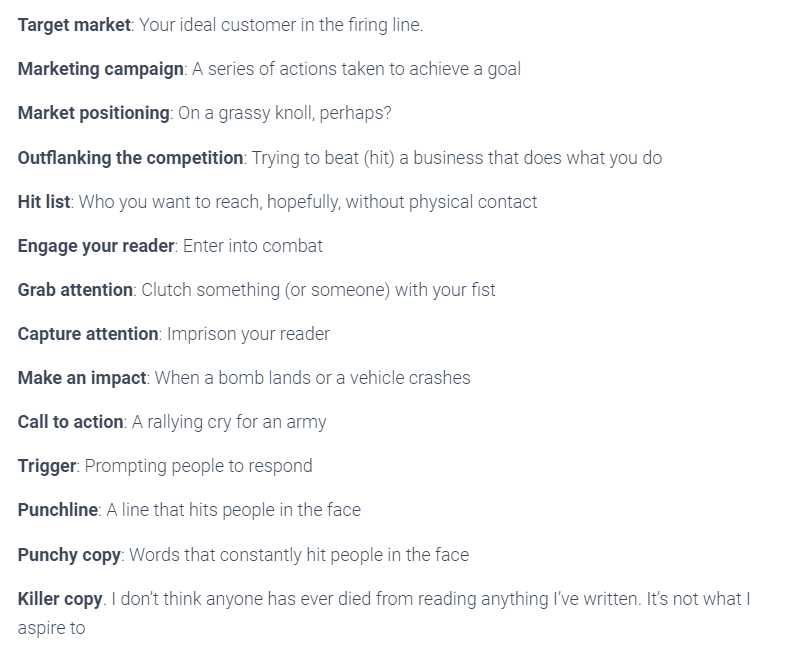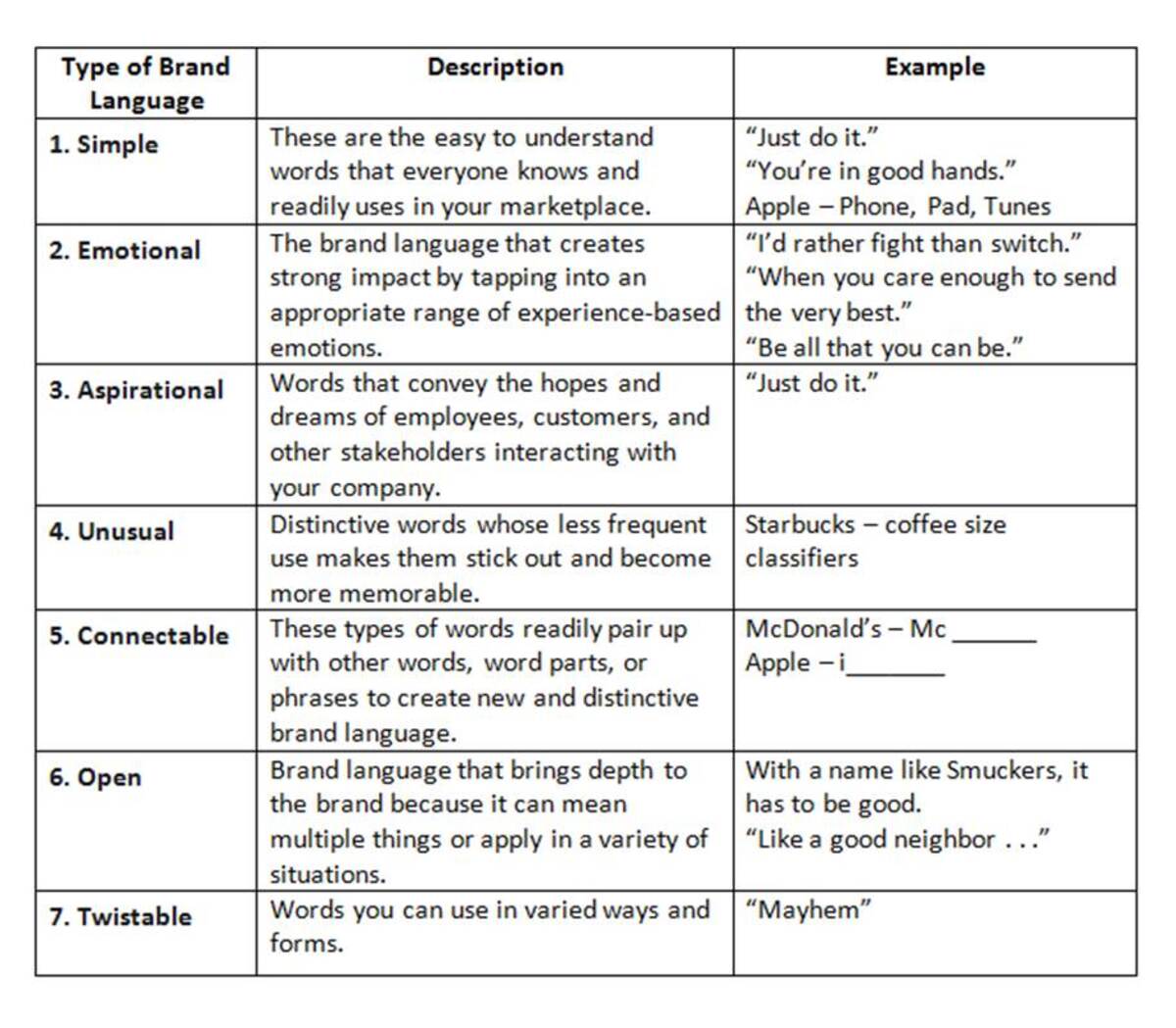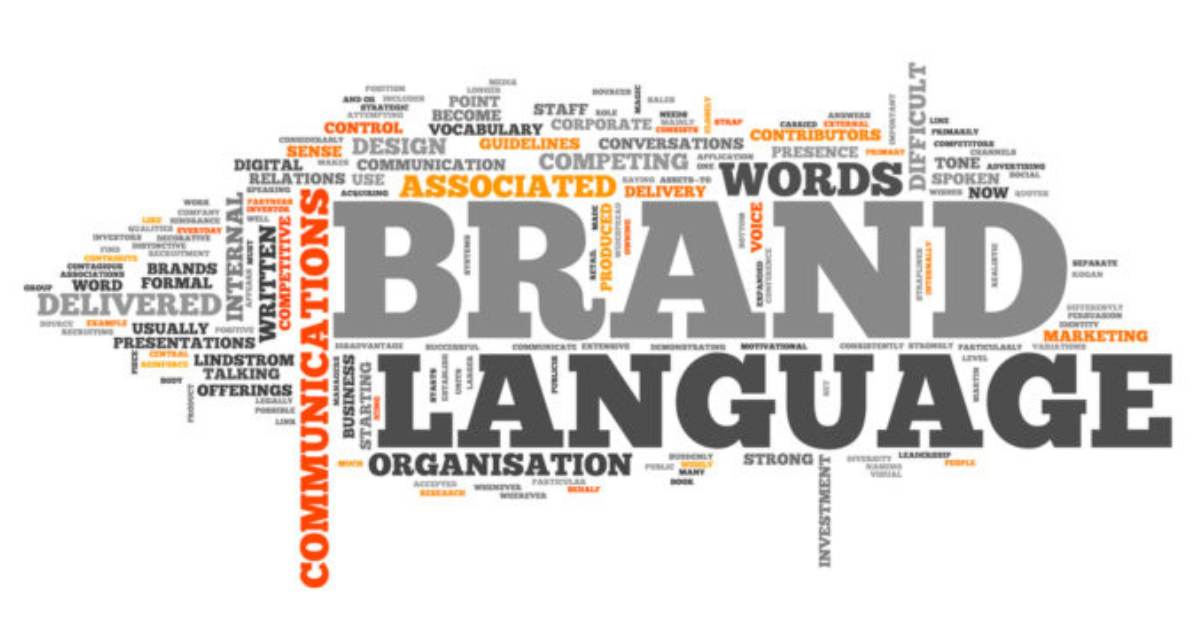In branding, language plays a significant role in defining the narrative and essence of a brand. The industry has been saturated with military-inspired terminology for years, perpetuating a culture of competition and aggression. Terms like ‘target audience’, ‘market warfare’, and ‘brand strategy’ have dominated the branding landscape, often framing brand-building as a battle to be won. But is it time to question this aggressive approach?

The use of militaristic language in branding has deep roots in the competitive nature of business and marketing. This linguistic framework has shaped the way companies approach their marketing efforts, often viewing consumers as adversaries to be conquered rather than partners in a mutually beneficial relationship. The prevalence of such terminology has created an environment where brands constantly feel the need to outmaneuver, outgun, and ultimately defeat their competitors.
However, this aggressive stance may be at odds with evolving consumer expectations and values. In an era where authenticity, transparency, and social responsibility are increasingly prized, traditional branding language’s combative nature may alienate potential customers rather than attract them. Moreover, this approach can foster a toxic internal culture within organizations, promoting cutthroat competition over collaboration and innovation.
The question then arises: How can brands move away from this aggressive mindset without losing their competitive edge? Is it possible to reframe branding to emphasize connection, empathy, and mutual growth? These are crucial considerations for modern marketers and brand strategists navigating an increasingly complex and socially conscious marketplace.
Embracing a New Paradigm: From Conflict to Collaboration
Imagine a world where branding is not a battlefield, but a collaborative journey towards authenticity and connection. By demilitarizing branding language, we can shift the focus from conquest to community, from conflict to collaboration. Instead of targeting customers, we can engage with our audience. Rather than crafting battle plans, we can co-create compelling brand stories that resonate with people on a deeper level.

This paradigm shift requires a fundamental reimagining of the brand-consumer relationship. Instead of viewing customers as passive targets, brands can recognize them as active participants in the brand’s story and evolution. This collaborative approach fosters a sense of ownership and loyalty among consumers, who feel valued and heard rather than manipulated or conquered.
Adopting this new mindset involves more than just changing vocabulary; it requires a holistic transformation of branding strategies and practices. For instance, instead of conducting market research to identify weaknesses to exploit, brands could engage in open dialogues with their audience to understand their needs, desires, and pain points. This approach not only yields more authentic insights but also builds trust and goodwill.
Moreover, shifting from a conflict-based model to a collaborative one can lead to more innovative and sustainable business practices. When brands view their competitors not as enemies to be vanquished but as potential partners in creating value for consumers, it opens up possibilities for strategic alliances, knowledge sharing, and industry-wide improvements that benefit all stakeholders.
This new paradigm also aligns more closely with the principles of conscious capitalism and corporate social responsibility. By framing their mission in terms of positive impact rather than market domination, brands can attract purpose-driven consumers and employees who are motivated by more than just profit.
Building Bridges, Not Walls: The Evolution of Brand Communication
As we strive to humanize our brands and foster meaningful relationships with our audience, it’s crucial to reconsider the impact of our words. By adopting a language of empathy, trust, and inclusivity, we can break down barriers and build bridges of understanding. Brands that embrace this shift towards demilitarization are not just selling products; they are creating movements, sparking conversations, and fostering genuine connections that stand the test of time.

The evolution of brand communication involves a shift from monologue to dialogue, from persuasion to conversation. This means moving away from aggressive sales pitches and towards authentic storytelling that invites consumers to be part of the narrative. It involves creating spaces – both physical and digital – where brands can listen to their audience, learn from them, and adapt accordingly.
In this new landscape of brand communication, transparency becomes a key value. Instead of using language to obscure or manipulate, brands can use it to clarify and educate. This might involve being open about business practices, admitting mistakes, and sharing the reasoning behind important decisions. Such honesty can foster trust and loyalty among consumers who appreciate being treated as intelligent, discerning individuals rather than targets to be conquered.
Inclusive language also plays a crucial role in this evolution. By consciously using words that welcome rather than exclude, brands can create a sense of belonging among diverse audiences. This goes beyond mere tokenism or political correctness; it’s about genuinely recognizing and valuing the diversity of human experiences and perspectives.

The demilitarization of brand language also opens up new creative possibilities. Instead of relying on tired war metaphors, brands can draw inspiration from a wide range of human experiences and emotions. They can use language that inspires, comforts, amuses, or challenges – whatever best aligns with their brand identity and resonates with their audience.
Furthermore, this evolution in brand communication can lead to more meaningful and impactful content marketing strategies. Rather than bombarding consumers with promotional messages, brands can focus on creating valuable, engaging content that educates, entertains, or solves real problems for their audience. This approach not only builds brand affinity but also positions the brand as a trusted resource and thought leader in its industry.
Brands Leading the Way
For instance, Headspace, Airbnb, and Apple exemplify successful demilitarized branding through simplicity and positive language. Headspace uses cheerful colors and inspirational quotes to promote well-being. Airbnb’s people-centric imagery and bold logo encourage exploration and connection. Apple’s ‘Think Different’ slogan succinctly appeals to individuality and innovation. These brands demonstrate how non-aggressive language and imagery can create powerful, authentic connections with audiences, fostering a sense of community rather than competition.
Final Thoughts
The time has come to demilitarize branding and usher in a new era of harmony and authenticity. By reevaluating our language, mindset, and approach, we can redefine the way we interact with our audience and shape the narrative of our brands. Let’s choose collaboration over competition, empathy over aggression, and connection over conquest. It’s not just a shift in language but a transformation in how we perceive and practice the art of branding.

This transformation represents a significant opportunity for brands to differentiate themselves in a crowded marketplace. Those who successfully adopt this new paradigm can build deeper, more lasting relationships with their customers, fostering loyalty that goes beyond mere transactions. However, this shift also presents challenges. It requires a willingness to be vulnerable, to relinquish some control, and to engage in genuine dialogue with consumers. It may involve difficult conversations and a period of adjustment as both brands and consumers adapt to this new way of interacting.
Ultimately, the demilitarization of branding language is about more than just words – it’s about a fundamental reimagining of the role of brands in society. In this new vision, brands are not conquerors or manipulators, but partners, facilitators, and catalysts for positive change. By embracing this perspective, brands can not only achieve business success but also contribute to a more collaborative, empathetic, and harmonious world.
As we move forward, it’s crucial for marketers, brand strategists, and business leaders to critically examine their use of language and the underlying assumptions it reflects. By consciously choosing words that reflect values of collaboration, empathy, and mutual benefit, we can begin to reshape the narrative of branding and business as a whole. This is not just a matter of political correctness or following trends – it’s about creating a more sustainable, ethical, and ultimately more successful approach to building and maintaining brands in the 21st century.
Also Read: The Uncommon Advantage: How Nation Branding Fuels Growth and Influence?



